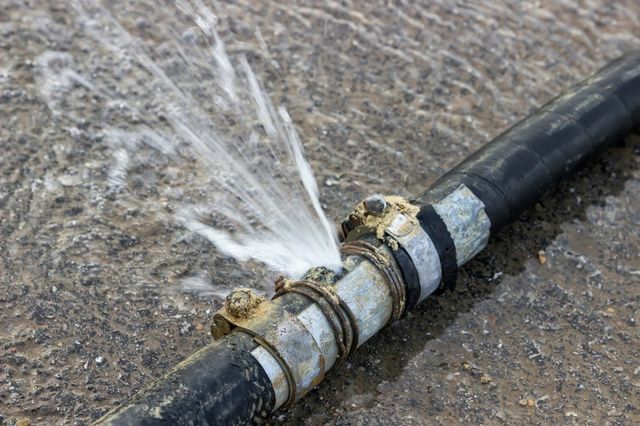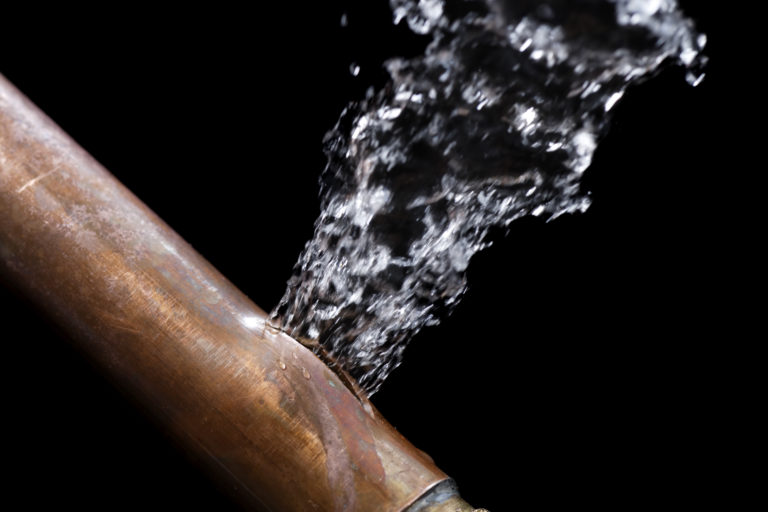Important Things You Should to Know About Septic Tank Maintenance
Important Things You Should to Know About Septic Tank Maintenance
Blog Article
Just about every person may have his or her own idea when it comes to The Do’s And Don’ts After Water Damage.

What should you do if a water pipe bursts in your home, creating a mini-waterfall and flooding an area of your home? In this scenario, you must act fast. The longer you wait, the more severe the water damage in your residential or commercial property. When an emergency like this happens, presence of mind is key. For these reasons, you need to learn what to in case of a burst water pipe. Take a look at the complying with suggestions below to help you act fast because time is of the essence.
Turn off the Main Waterline Valve
The first thing you have to do is shut the shut-off shutoff. Search for the local shut-off shutoff to turn-off water in one certain area just. You have to turn-off the major waterline shutoff if you do not understand where the localized shut-off shutoff to the fixture is. This will certainly remove the water in your whole residence. Typically, the main shutoff is discovered outside the home alongside the water meter. You can likewise locate it in the basement at an eye-level or it can be in the 1st flooring on the ground if it's not there. Normally, contractors yet the shut-off valve generally ground level shower room or right beside it.
Call Water Damage Repair Pros for Assistance
After shutting the water resource, call the pros for help. This is not something you can easily DIY since they need to deal with the pipelines as well as resolve the damages to your building. Seek aid from a reliable company offering 24/7 emergency services. With their specialist help, you can alleviate worsening because water can seep with your points resulting in distorted walls, loosened tiles, or damage framework. Do not take this problem gently and look for profession guidance for complete comfort.
Record the Damages For Insurance
As you are waiting on the pros to get here, document the damage triggered by the wayward pipeline. Take pictures and videos of whatever. Do closeup shots of prized possessions. These points will certainly serve as evidence for your property owner's insurance coverage. Remaining aggressive with this permits you to sue for coverage, which will help you and your household return on your feet.
Restore Things That Can Be Conserved
When you're done taking images, read the things and take out the most essential ones from the stack. Dry them off and also attempt to preserve as high as you can. Drag them far from moisture so they can start to dry.
Beginning the Drying Refine
The good news is, water from your waterlines are tidy so you don't have to worry concerning drain water. The flowing water might have disrupted the dust and also particles in your rugs and floorboards. Be prepared with gloves as you make use of containers to dump out the water.
Specialists are the only ones qualified to deal with the burs pipelines and also subsequent damages. As well as keep in mind, pipes do not simply all of a sudden burst. You will generally see red flags like gurgling paint, strange noises in the plumbing, mildewy odor, caving ceiling, peeling off wallpaper, or water spots. Take note of these things, so you can nip any type of problems in the bud.
What should you do if a water pipeline bursts in your residence, creating a mini-waterfall and also flooding a location of your house? For these reasons, you require to learn what to in instance of a burst water pipeline. After shutting the water resource, call the pros for assistance. With their expert assistance, you can mitigate worsening since water can permeate with your points resulting in distorted walls, loose floor tiles, or damage framework. Fortunately, water from your waterlines are tidy so you don't have to stress regarding sewage system water.
How to Handle a Burst Pipe and Minimize Damage
Steps to Take Ahead of Time
If you own property in an area that experiences cold weather, you need to be aware of seasonal maintenance tasks that will help you protect your property as the weather changes each year. One of the most important steps is to winterize your pipes to ensure they won't freeze or burst when the temperature drops. This includes action items like insulating any exposed pipes, detaching garden hoses and covering outdoor faucets. If the weather gets cold enough, you may even consider leaving a faucet dripping or opening cabinet doors during the coldest parts of the day.
No matter how prepared you might be, accidents and emergencies still happen. You'd be wise to set up a savings account specifically for your property so you have a "rainy day" fund set aside for unexpected expenses. All homes—regardless of age, location or condition—will inevitably need some form of emergency repair.
Steps to Take for Frozen Pipes
A frozen pipe will not necessarily burst, so if you can catch a frozen pipe early on, you could save yourself a major headache. When your area experiences frigid temperatures, be sure to check your plumbing and keep an eye out for warning signs like faucets only releasing small amounts of water or toilets not refilling when flushed. If you do run into one of these issues, you're likely dealing with a frozen pipe.
If this happens, your first step should be to cut off the water supply to that section of the plumbing. Expanding and freezing water can quickly cause damage. Even if the water supply is shut off, you will likely still deal with some leaking from the water that defrosts after the pipe has thawed. Be prepared with a mop, bucket and/or towels to quickly soak up any excess water.
In order to thaw a frozen pipe, you can use a space heater, infrared or incandescent heat lamp, or even a hairdryer to warm up the frozen area. Heat tape is also an option and should be used according to manufacturer instructions. Do not use any sort of open flame to thaw frozen pipes, as it poses a major fire hazard and can damage your pipes further.
Steps to Take for a Burst Pipe
Water damage claims are the second most common insurance claim in the U.S. When you're dealing with a frozen pipe, the water continues to expand as it freezes, which creates pressure that can cause a pipe to burst. When this happens, the crack or leak in the pipe allows water flow from the pipe to enter your home where it shouldn't. If a pipe does burst, you need to act quickly to mitigate property damage and repair cost.
Your very first step should be to shut off your main water supply to minimize flooding—typically the most expensive damage to address. Once you've shut off the water supply, make sure you identify the entire area that has been impacted by the leak. Remove as much water as possible—as quickly as possible—using a mop, sponges, towels or a shop vacuum or wet/dry vacuum. To prevent long-term damage due to moisture build-up, run a dehumidifier or fan in the affected area. Contact a licensed plumber to ensure the pipe is correctly repaired before running any water to that section of the home again. Burst pipes and the associated water damage are something you absolutely want to avoid as a property owner. If you've had to learn your lesson the hard way, don't let yourself get caught in a similar situation during the next spell of cold weather. The best way to deal with frozen or burst pipes is to prevent them in the first place—proactive winter maintenance will save you time, money and a whole lot of stress.

Do you enjoy more info about What To Do And What Not To Do When Dealing With Water Damage? Try to leave a comment directly below. We would be pleased to find out your opinions about this blog post. We are looking forward to see you back again in the near future. Loved our review? Please share it. Help somebody else discover it. Thanks for going through it.
Report this page